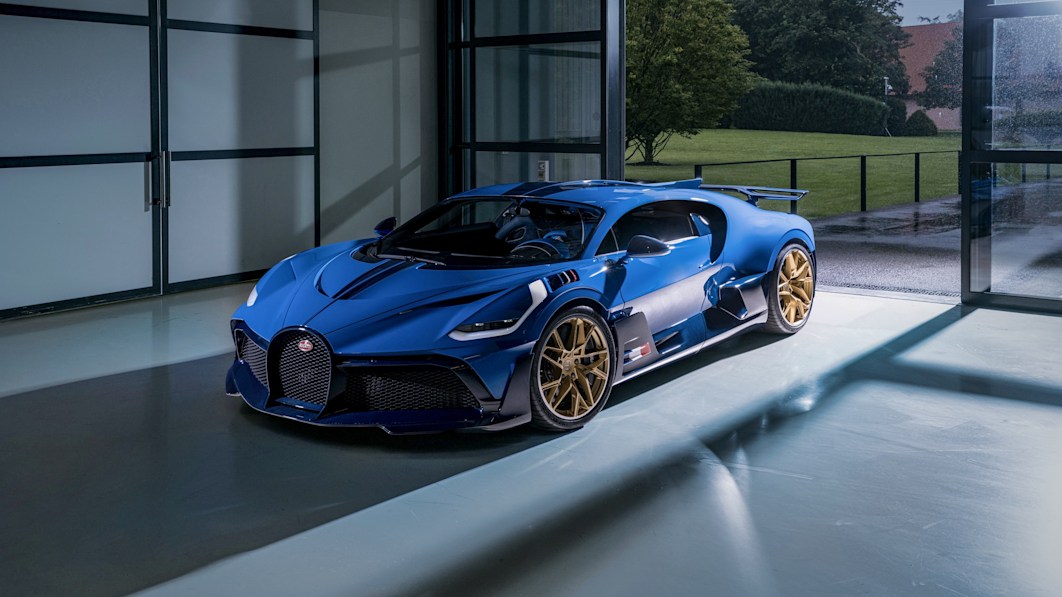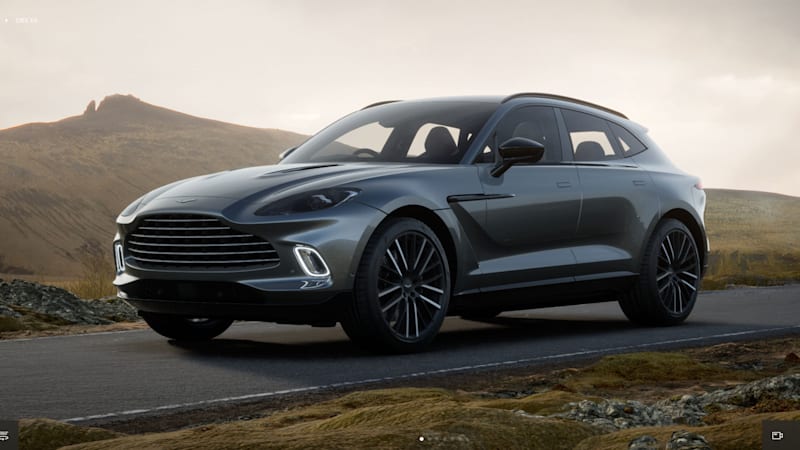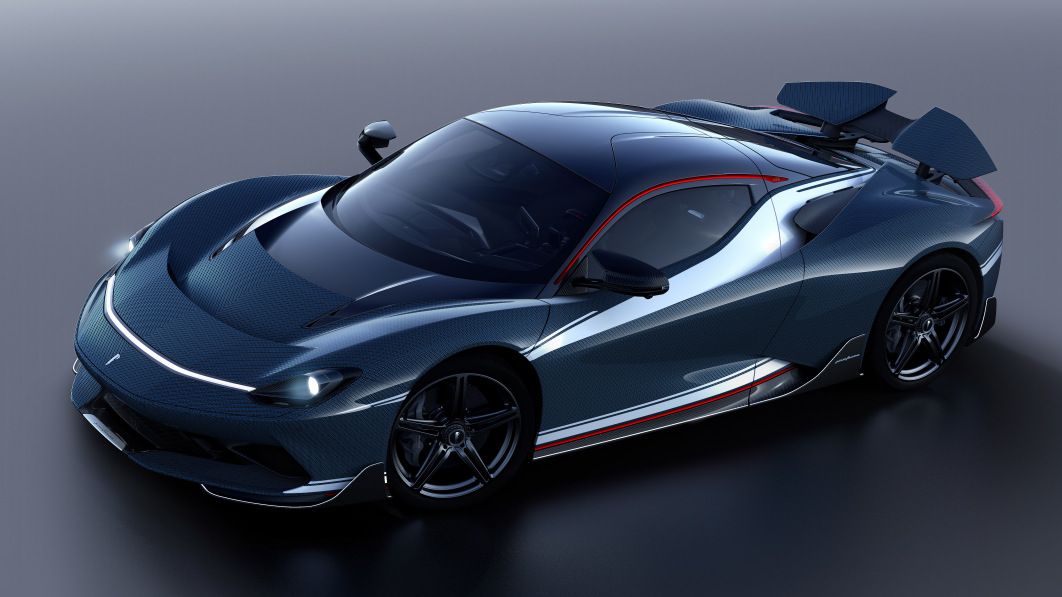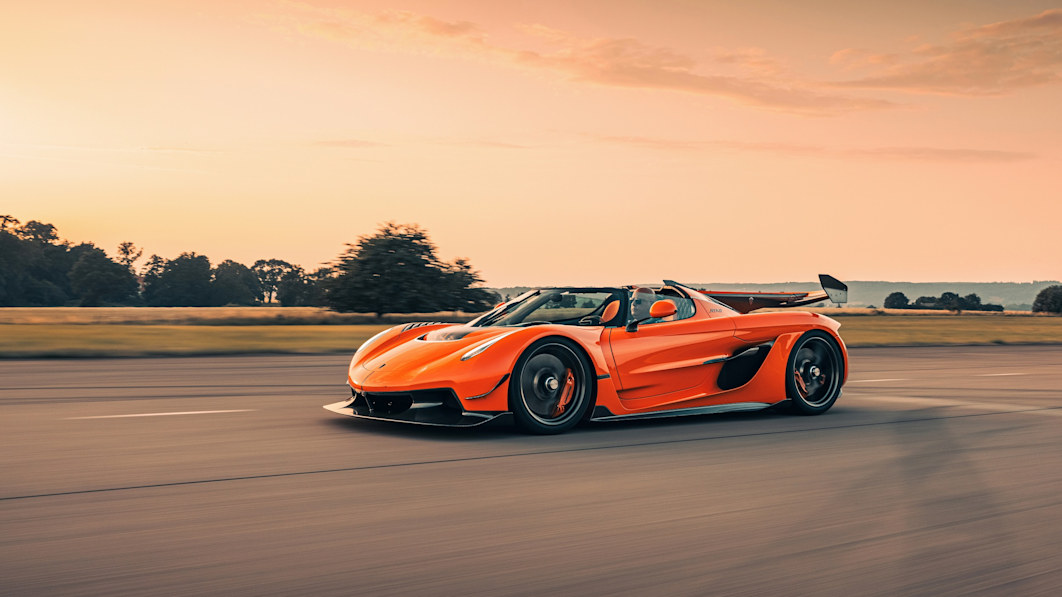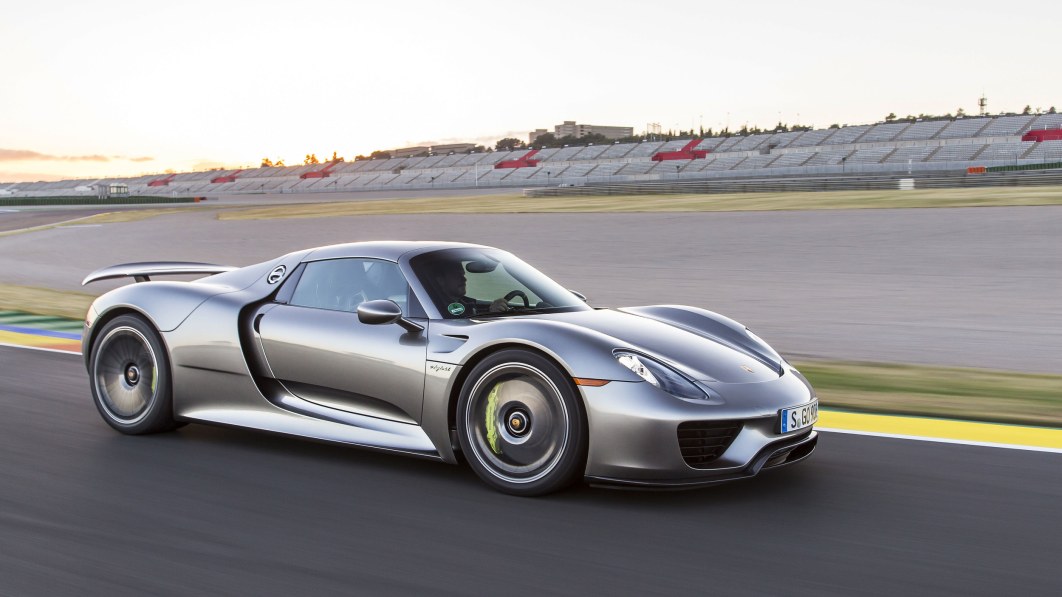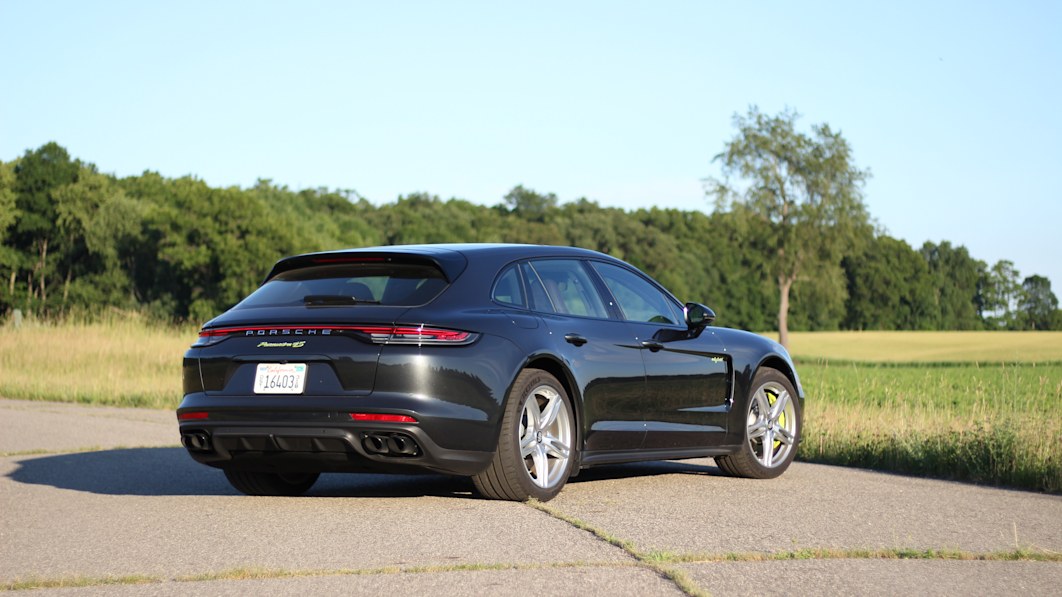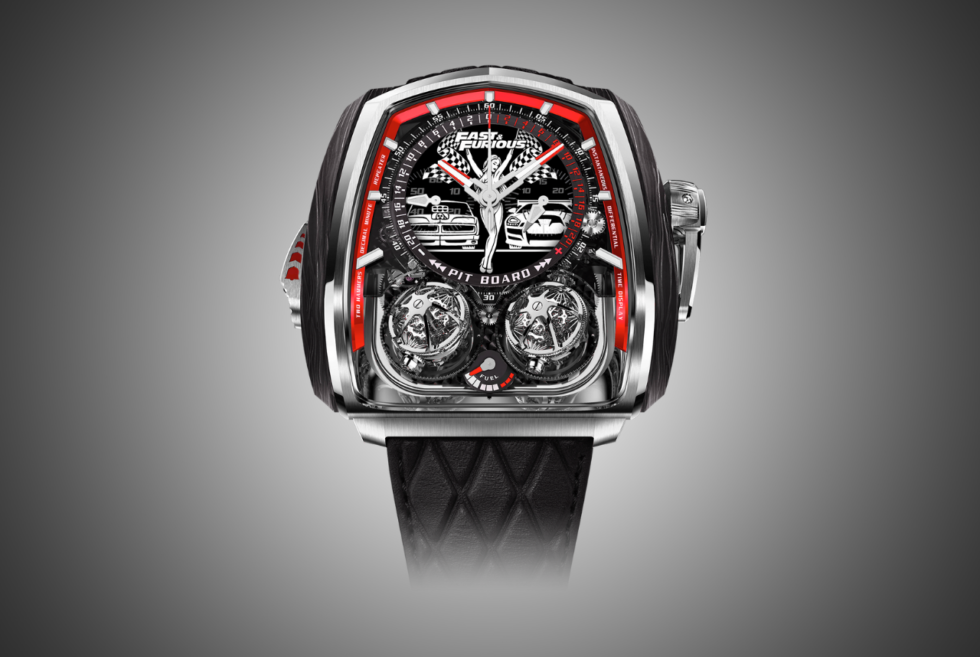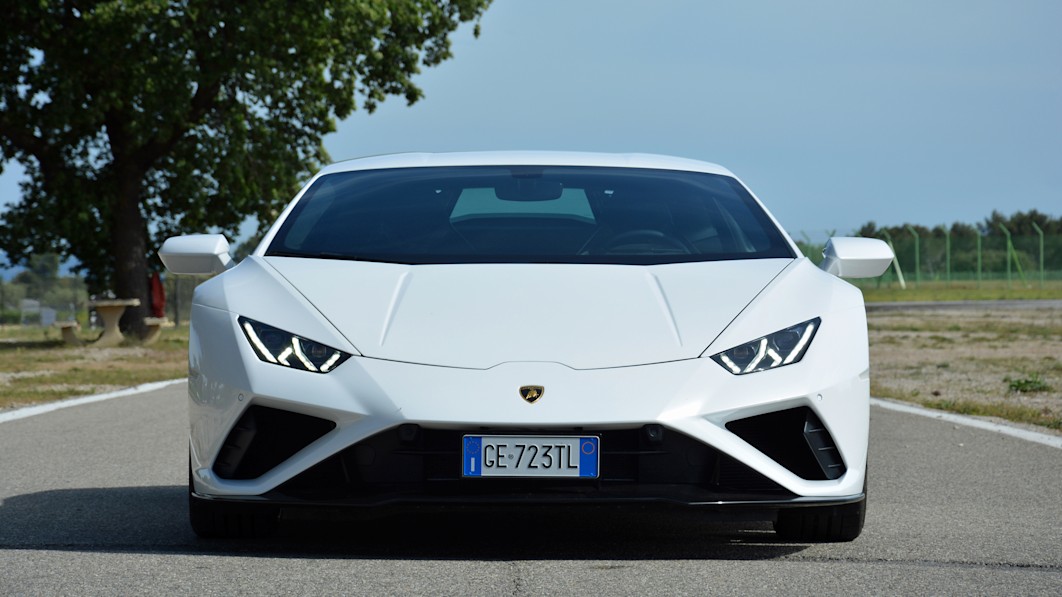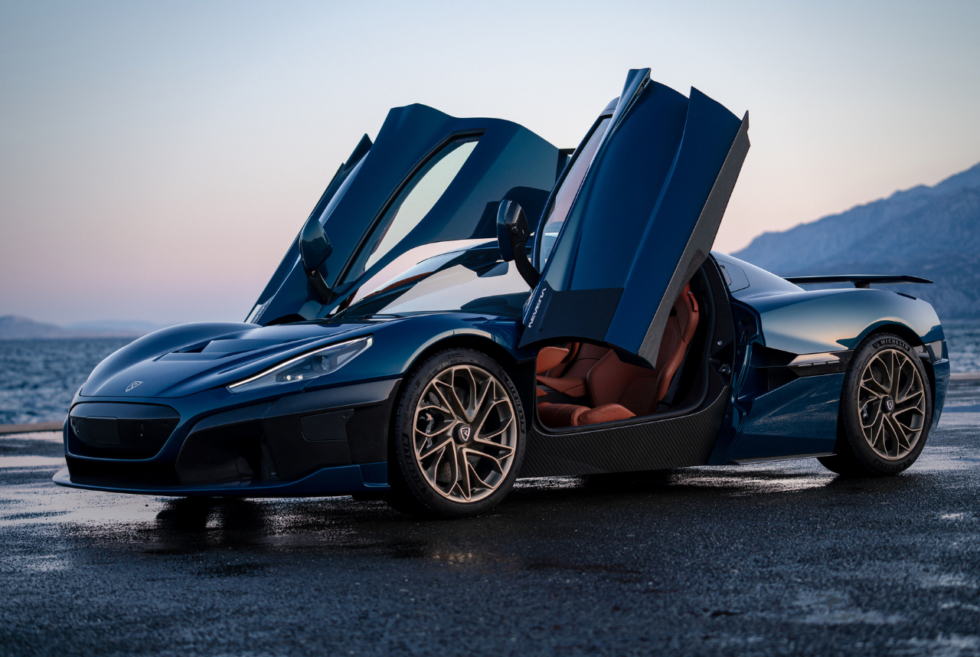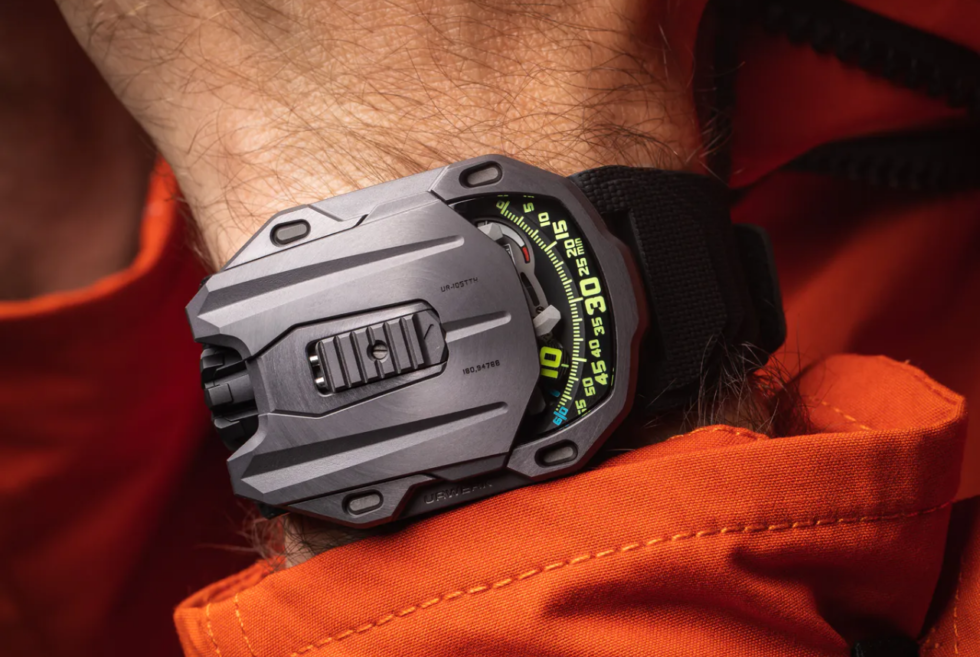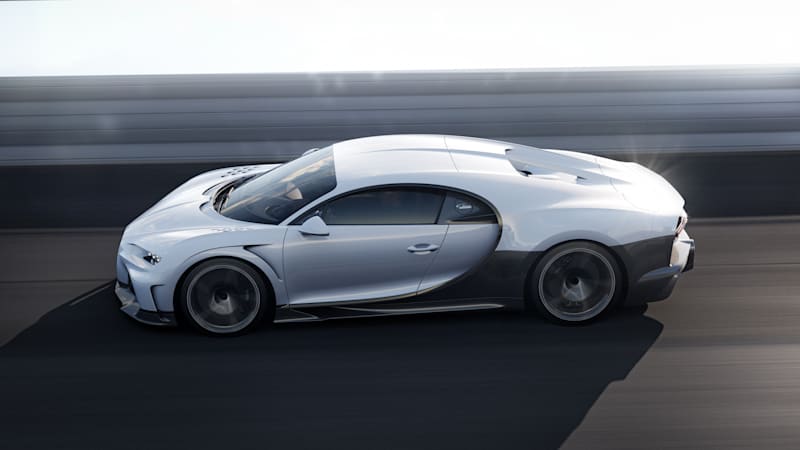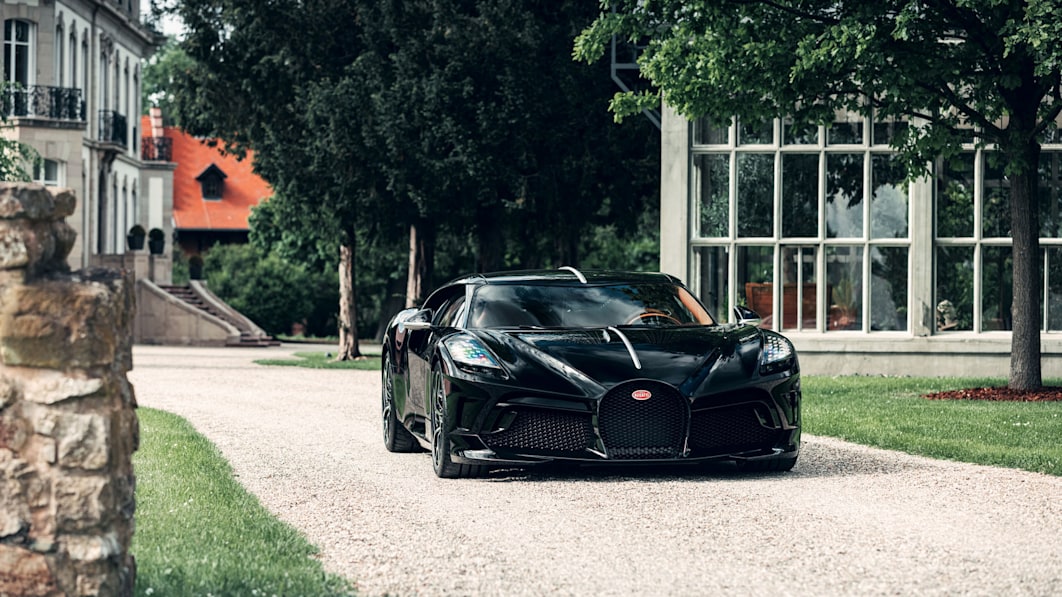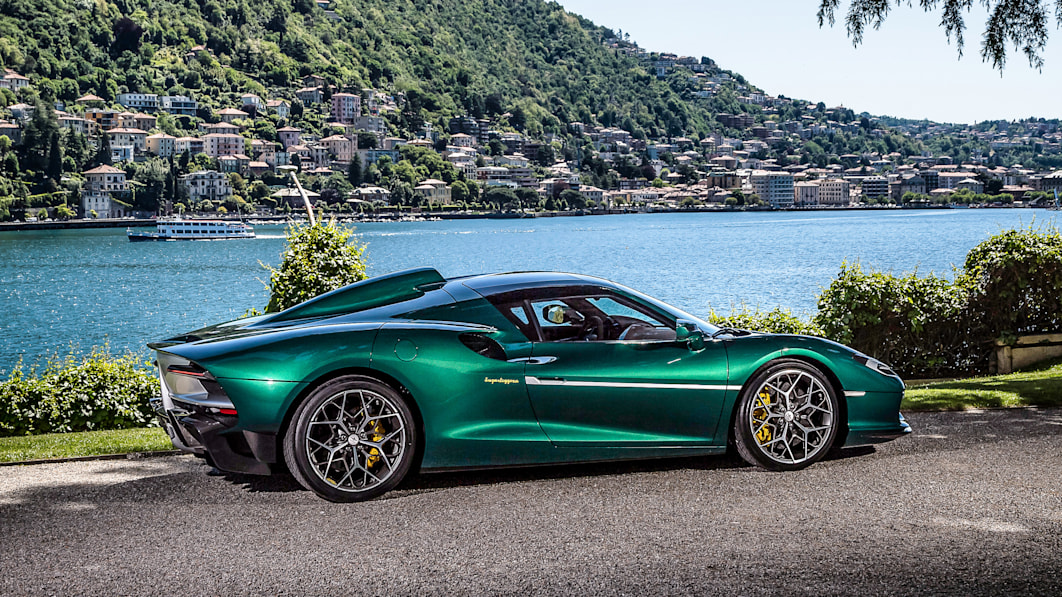LE CASTELLET, France — Growing up in the 1990s, the Italian supercars I read about sounded like the automotive equivalent of kayaking over a waterfall — thrilling, unforgettable, and potentially very hazardous. The industry’s elites were often described as cramped, unpredictable, and generally finicky but extremely rewarding for the few skilled enough to tame them.
It’s a stigma that still hovers above the supercar segment like a dark cloud in 2021, yet with a handful of notable exceptions, it hasn’t been accurate in many years. It takes little more than a lively jaunt in a 2021 Lamborghini Huracán Evo RWD to spot how Italy’s unique breed of road weapon has evolved over the past few decades.
Autoblog has spent time in the Huracán Evo before, but it was in an all-wheel-drive model that we put through its paces on the Willow Springs track in Southern California. Fast-forward to 2021, and I’m in a rear-wheel-drive coupe on the picturesque winding roads surrounding the Paul Ricard circuit in Southern France. I couldn’t sneak my way onto the track for a few laps because Super Trofeo and GT3-spec variants of the Huracán hogged it all weekend.
Several carmakers positioned all over the automotive spectrum have used the Evo designation. In Lamborghini-speak, it denotes not a rally-bred sports sedan but an evolution of the Huracán with subtle design tweaks that add downforce and increase the amount of cooling air channeled to the engine bay. It still looks like a Huracán, but you don’t need a magnifying glass to tell the updated model apart from its predecessor, especially from the back.
![]()
Lamborghini saves scissor doors for its V12-powered models, like the Aventador S, so the Huracán’s swing out like in a normal car’s. Once inside, the first thing you notice is that it feels like a proper luxury car. The cabin is dominated by Alcantara, leather, and a type of carbon fiber called Forged Composites (which was developed in-house by the brand). It’s all very well put together; the fit and finish is excellent. In the driver’s seat, you face a digital instrument cluster whose layout changes depending on the driving mode selected (they’re called Strada, Sport, and Corsa, respectively) and a three-spoke steering wheel with a switch that lets you select the three aforementioned profiles.
Even a supercar needs technology in 2021. Stuffing a mammoth engine in a lightweight chassis hidden under an attention-grabbing body is no longer enough to lure enthusiasts. Lamborghini knows this, so one of the tricks it taught the Huracán before assigning it the Evo nameplate is a new infotainment system displayed on an 8.4-inch touchscreen. This is a major update, because the original Huracán released in 2014 didn’t have a touchscreen. Its infotainment system was displayed in the instrument cluster. Specific to Lamborghini, the software is quick, straightforward to navigate, and the screen’s graphics are almost as sharp as the exterior design. Better yet for technophiles, Amazon’s Alexa voice assistant is programmed directly into the system.
Embedding a tablet-like screen into the center console allowed Lamborghini to send a variety of buttons back to the parts bin, including the volume knob, but there’s one that hasn’t been dethroned yet: the ignition switch. It’s located under a red flap, fighter jet-style, and pushing it fires off a naturally-aspirated, 5.2-liter V10 tuned to deliver 602 horsepower at a screaming 8,000 rpm and 413 pound-feet of torque at a slightly less riotous 6,500 rpm. It’s mounted directly behind the driver, where you’d find booster seats and/or a load of suitcases in more pedestrian sports cars, and it spins the rear wheels via a seven-speed dual-clutch automatic transmission. Rear-wheel-drive is this version of the Huracán’s party trick: it swaps four-wheel grip for oversteer and loses about 70 pounds by relinquishing its front axle and the all-wheel-drive model’s rear-wheel steering system. It also lets 29 horses escape from its cavalry.
![]()
![]()
![]()
We know the Huracán is capable of great things on the track — there’s a good reason Lamborghini makes no major chassis modifications to the cars it builds for its Super Trofeo one-make series — but it lives up to the hype even if you prefer not to don a racing suit. It whooshes off the line with a soft brutality that makes you immediately understand the definition of a supercar as its exhaust system trumpets out an addicting racecar-like tune. The 29-horsepower difference between the rear- and all-wheel-drive Huracán isn’t instantly perceptible, there is plenty of power to go around, and hitting 60 mph from a stop takes about 3.1 seconds. Having less weight over the front axle also makes a difference in terms of handling, especially in Sport mode. Corsa mode kills all electronics and is best saved for the track.
Sport is the sweet spot in the driving mode hierarchy, then. It makes Lamborghini’s smallest bull high-strung without turning it into a beast that can’t be tamed (or, worse, one that tames its driver), and it unlocks just the right amount of aggression to make twisty roads feel like a roller coaster. With your foot buried in the throttle, and your right hand on the carbon fiber shift paddle, ready for a split-second upshift, the Huracán displays a level of agility that’s more natural than what you get in the all-wheel-drive model with its trick four-wheel steering system. It’s not better or worse; it’s a different breed of supercar. The steering is direct and accurate, the suspension keeps body roll at bay, and brake rotors the size of a medium pizza slow the Huracán at least as quickly as it accelerates.
Don’t get the wrong idea: Grip is phenomenal, even without the front wheels receiving power. That’s partly due to the electronic wizardry happening behind the scenes, and to styling revisions that increase downforce on the front axle.
On a track, the fun only ends when the safety car comes out, or when the checkered flag stretches its threads. On the street, motorists routinely encounter situations that are tedious, annoying, or plain bland. The V10 is as bored as I am humming behind a Citroën C15 — a simple, do-it-all van with a life expectancy that rivals a red dwarf star’s — on a narrow road with too many oak tree-lined blind corners to pass, but it doesn’t show it. Flick the steering-wheel-mounted switch to engage Strada mode (which numbs most chassis settings and hushes the exhaust), crank up the radio, and comfortably follow along as the air conditioning keeps you cool. This compliance shows another facet of the Huracán, and it’s part of what sets this car apart from its less docile predecessors.
![]()
![]()
Drawbacks? Yep, even in a Lamborghini, you’ll find a couple. Cargo capacity is largely symbolic, so you’ll need to get creative if you plan to spend a week on the road. I don’t think anyone makes a trailer hitch for a Huracán, but several aftermarket vendors sell roof boxes that look really cool. And, it goes without saying that subtlety isn’t available from Sant’Agata Bolognese. While the Huracán can make you feel like you’re flying, it’s never under the radar. These quirks have been passed down from generation to generation; the V12-powered Miura was hardly a role model in the realm of practicality.
Configured with rear-wheel-drive, the Lamborghini Huracán Evo is one of the purest expressions of the supercar ethos money can buy. It’s quick, head-turning, loud, expensive, and unapologetically rowdy, which is exactly what it should be. Anything less would be a monstrous insult to the Italian gods of motoring, especially coming from one of the companies that laid the foundations of the segment as we know it in 2021. On a secondary level, it’s relatively easy to live with thanks to a luxurious interior and just the right amount of in-car technology. Sure, it falls short in nearly every category when compared to the all-wheel-drive model on paper, but its character can’t be quantified.
Supercars have never been merely about numbers, after all.
Related Video:


